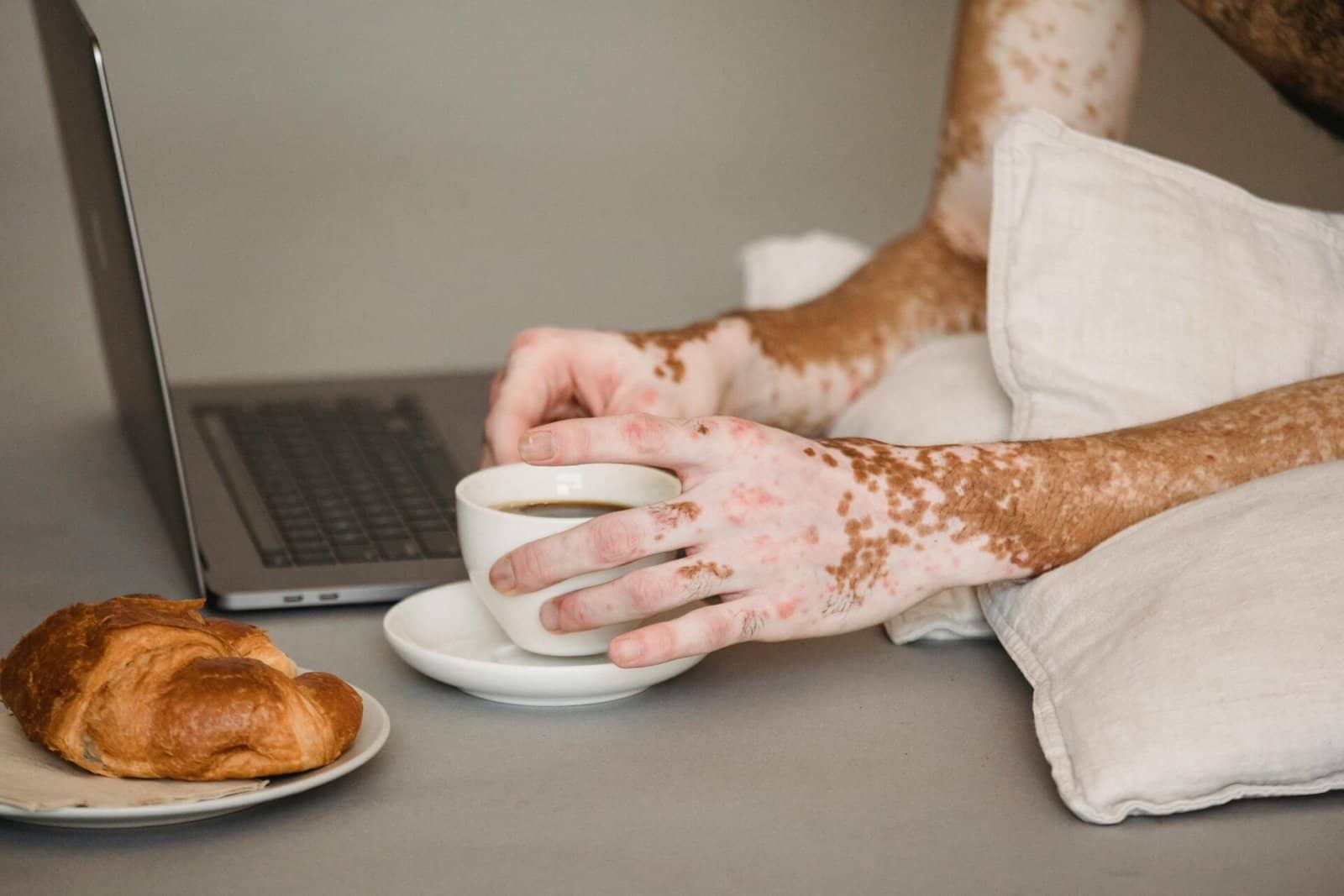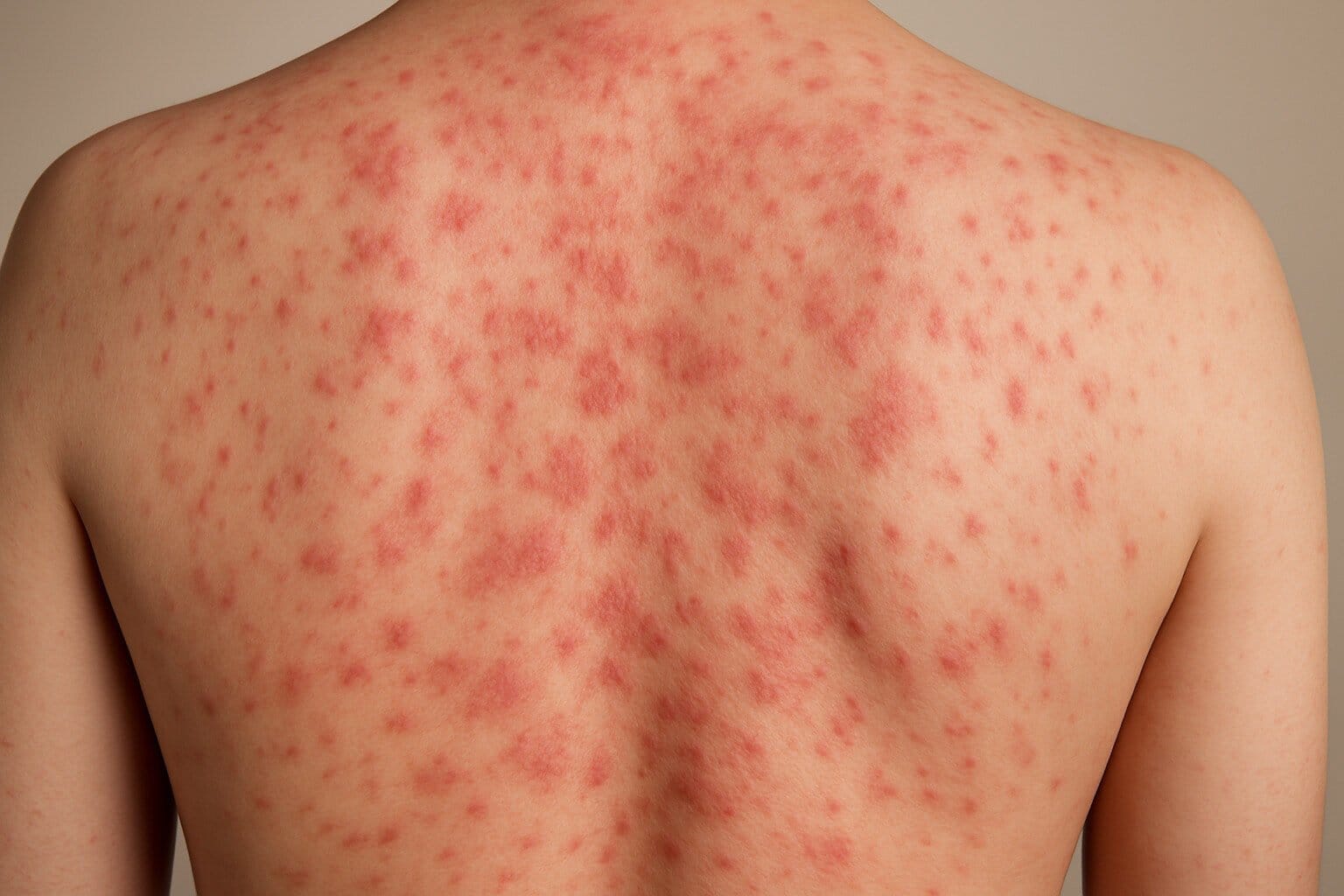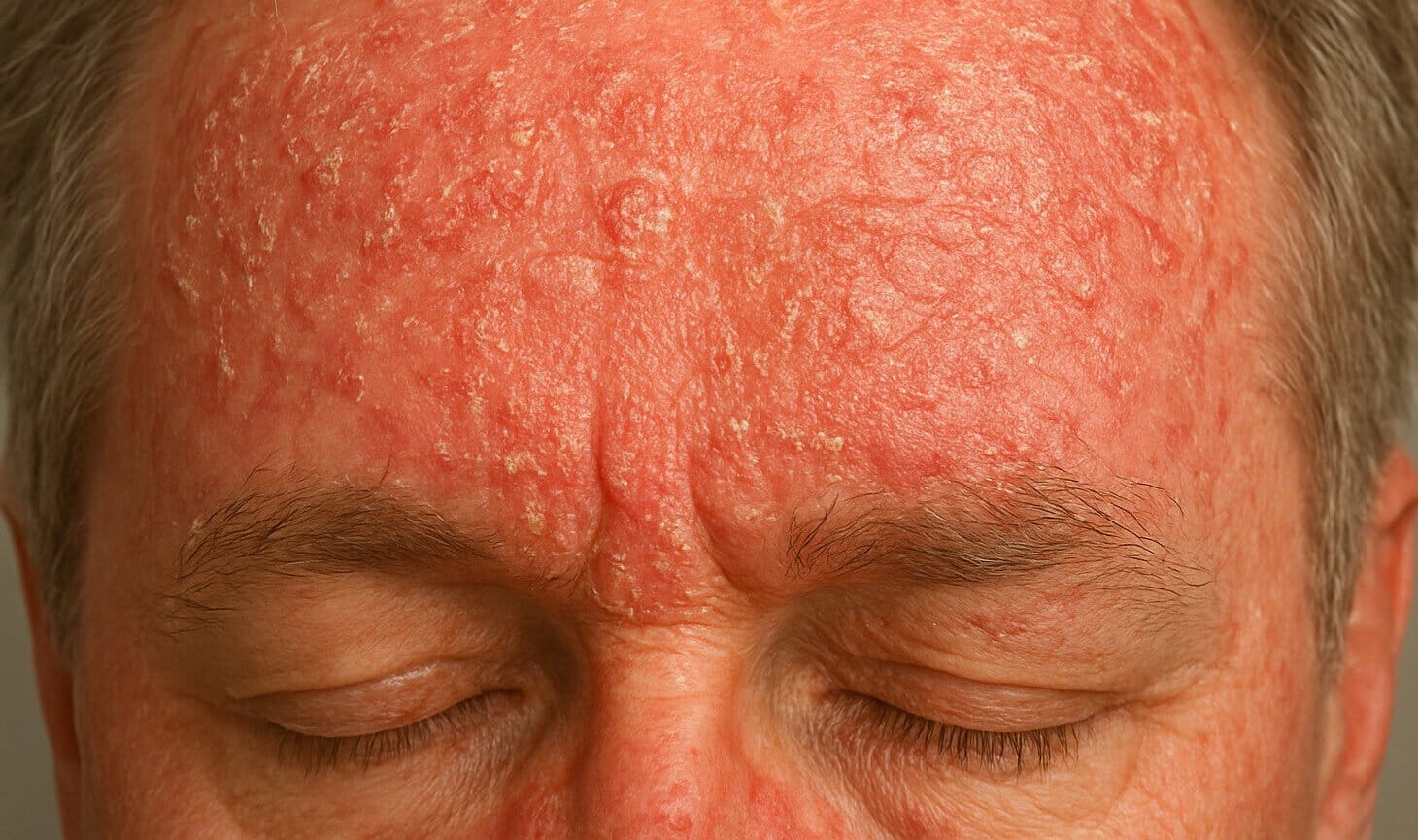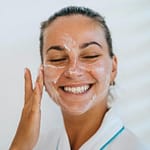Hives Rash Complete Guide to Causes, Triggers, Creams and Natural Remedies
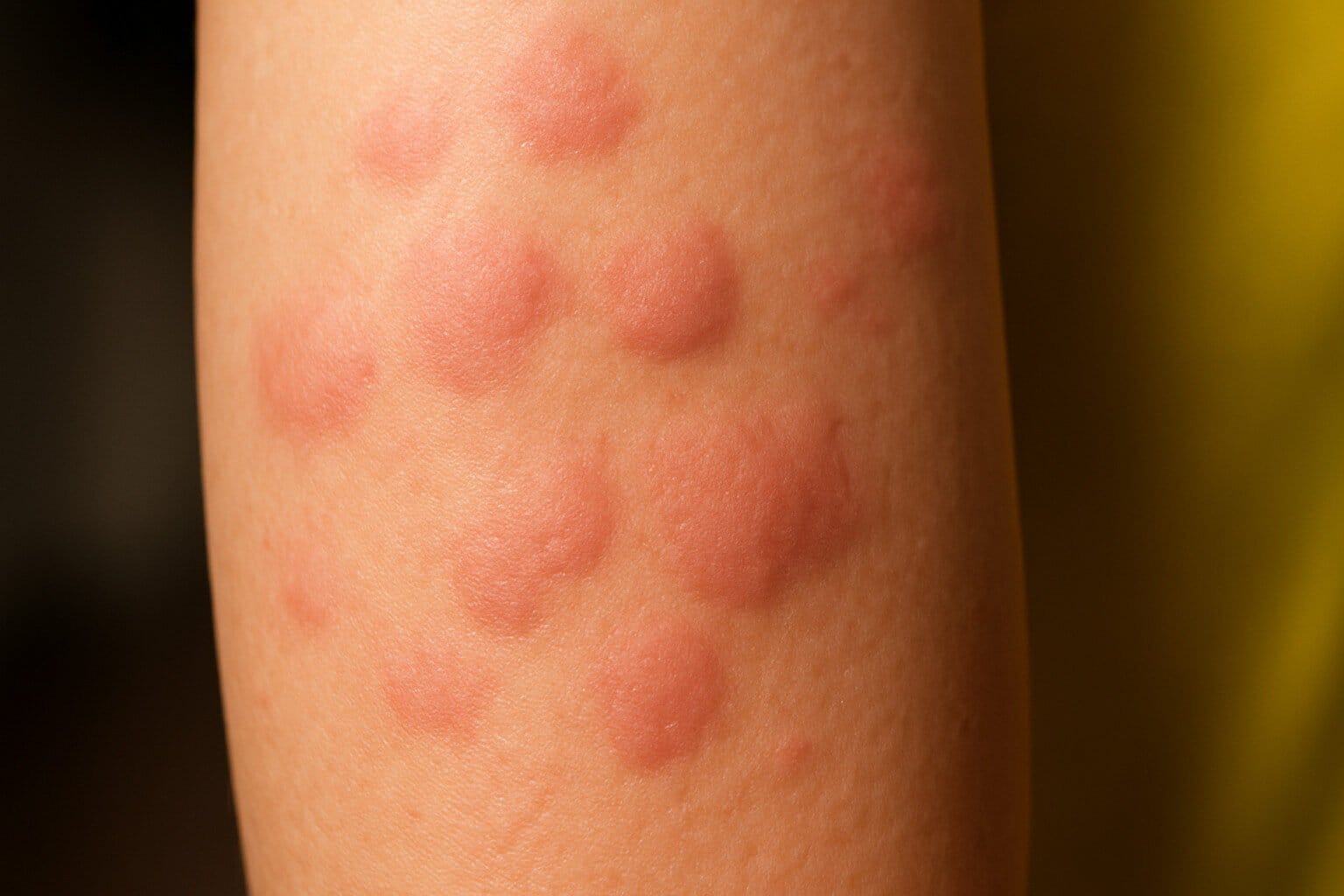
- What Are Hives (Urticaria)?
- Why Do They Happen?
- How Do They Form?
- Types
- Myths
- Solutions
- Preventions
- Recommendation
- FAQs
Hives, also known as urticaria, are red, itchy, raised bumps that pop up on your skin, making you want to scratch like crazy. For example, they can appear before a big day, like a school talent show, a soccer game, a class presentation, a family camping trip, or a friend’s birthday party. These bumps, called welts, look puffy, feel super itchy, and can make you shy about your skin in front of classmates or teammates. Moreover, they can spread to new spots or get worse if you don’t know what’s causing them.
Hives aren’t usually dangerous, but they’re annoying and can make you uncomfortable during fun moments, like a school dance. However, you can manage them with simple tricks at home. This article explains what hives, or urticaria, are, why they happen, and what triggers them. Additionally, it covers how they form, different types, myths to avoid, and easy ways to treat and stop them from coming back. Furthermore, we include practical tips and answer common questions to help you get calm, clear skin that feels good. Therefore, this guide will help you feel confident, keep hives away, and enjoy your day without worrying about itching or redness.
What Are Hives (Urticaria)?
Hives, or urticaria, are red, raised, itchy bumps on your skin that often come and go quickly, sometimes in hours. Unlike pimples, which stay in one spot and form a head, hives can pop up anywhere, like your face, arms, legs, back, or even your neck, and feel super scratchy. For instance, they might show up after eating shrimp, petting a friend’s cat, wearing a new shirt, or playing in the grass during recess. They look like puffy welts, sometimes with a pale center, and can be tiny like mosquito bites or big like a quarter. Moreover, anyone can get hives, not just kids your age.
Things like allergies, stress, bug bites, or even hot weather can trigger them. For example, they often appear where your skin is sensitive, like your cheeks, wrists, or behind your ears. However, they can show up all over your body, moving from one spot to another. By learning what causes hives, you can control them better and stop the itching. Therefore, this guide gives you tools to handle urticaria, make your skin feel better, and keep it looking clear and healthy for school or playtime.
Why Do They Happen?
Hives, or urticaria, happen when your skin reacts to something that triggers an allergic reaction or irritation, causing itchy welts to form. Your skin protects you from germs and dirt, but certain things make it release chemicals, like histamine, which cause those puffy bumps. For example, eating foods like peanuts, shellfish, eggs, or strawberries can spark hives in some kids. Additionally, touching things like pollen from flowers, grass, or weeds during a school field trip, or getting a bug bite from a mosquito while camping can trigger them.
Stress from a big science project, hot or cold weather, or medicines, like pain relievers or antibiotics, can also cause hives. Moreover, bacteria or viruses, like from a cold you caught at school, or tight clothes, like a new belt rubbing your skin, can set them off. Some kids get hives from pet fur, dust mites in bedding, or soaps with strong smells, like a new body wash.
Furthermore, if your parents or siblings have allergies, you might get hives more easily, because allergies often run in families. For instance, sweating a lot during gym class, wearing a new bracelet with metal, or not washing off dirt after playing soccer can make hives appear. Also, things like latex in gloves, certain fabrics like wool, or even hair dye can irritate your skin and cause welts. Even water from a pool with lots of chlorine can trigger hives in some kids. Therefore, knowing these triggers helps you figure out what’s causing your hives and how to avoid them to stop welts before they spread across your skin and ruin your day.
How Do They Form?
Hives, or urticaria, form when your skin releases chemicals, like histamine, in response to a trigger, causing itchy, raised welts to appear. Your skin has special cells that react to things like allergens, irritation, or stress. Sometimes, foods, pollen, bug bites, or even heat tell these cells to release histamine, which makes blood vessels under your skin leak fluid, forming puffy bumps. For example, eating shrimp or touching a plant like poison ivy during a hike can start this reaction. This causes redness, swelling, and intense itching, creating hives. Unlike acne, which stays in one spot and builds up oil, hives can move around your body and often disappear in hours or a few days.
Additionally, scratching makes hives worse, spreading irritation and sometimes letting germs in, which can cause infections. For instance, scratching a welt on your arm after a bug bite can make it bigger, redder, or even sore. Heat, like from a hot shower after gym, or sweat from playing basketball can trigger more histamine release, making more welts pop up. Moreover, stress from a school play or tight clothes, like a new watch, can worsen the reaction. This process, histamine release, fluid leakage, and swelling, creates urticaria. Therefore, knowing how hives form helps you avoid triggers, keep your skin calm, and stop those itchy, red bumps from spreading.
Types
Hives, or urticaria, come in different types, and other rashes can look a bit like them. Here are the main kinds you should know about:
- Acute Hives: Short-term welts that last less than six weeks, often caused by allergies. For example, they show up after eating shrimp, getting a bug bite, or touching pollen during a school picnic.
- Chronic Hives: Welts that last longer than six weeks or keep coming back, sometimes for months. For instance, stress from school or unknown triggers can cause them, making them harder to stop.
- Physical Hives: Triggered by physical things, like heat, cold, pressure, or sunlight. Moreover, they appear after a hot shower, wearing tight backpack straps, or playing in cold weather.
- Eczema: Dry, itchy patches, not true hives but can look similar. For example, eczema appears on cheeks and isn’t caused by histamine, unlike urticaria.
Each type needs different care to heal properly. Acute hives often improve with home care. However, chronic or physical hives might need a doctor’s help if they don’t go away or keep returning. Therefore, knowing your hives type helps you pick the right way to treat it and keep your skin feeling comfy and looking clear.
Myths
There are lots of wrong ideas about hives, or urticaria, that can mix you up. Therefore, let’s clear up some common myths to set things straight:
- Myth 1: Hives come from dirty skin. Nope! Allergies or triggers like foods or bug bites cause urticaria. However, not washing can worsen irritation by trapping dirt or sweat.
- Myth 2: Scratching hives makes them heal faster. Wrong! Scratching spreads irritation and germs, making welts bigger, redder, or even infected.
- Myth 3: Only kids get hives. Not true! Kids get urticaria a lot, but adults can too. For example, stress or new medicines trigger it in grown-ups.
- Myth 4: Toothpaste fixes hives. No way! Toothpaste irritates your skin and makes urticaria worse, not better. Instead, use soothing creams or antihistamines.
- Myth 5: Food doesn’t cause hives. Actually, allergies to foods, like peanuts, shellfish, or eggs, can trigger urticaria in some kids, causing itchy welts.
Thus, fixing these myths helps you focus on real ways to stop hives instead of trying things that don’t work or make your skin itchier.
Solutions
Treating hives, or urticaria, at home takes gentle care to calm your skin and stop the itching or burning. Try these ideas to get started:
- Gentle Washing: Wash the hive area twice a day, morning and night, with a mild, fragrance-free soap labeled “non-comedogenic.” For example, it won’t irritate your skin or make hives worse. This cleans away dirt, sweat, or allergens, like after playing outside or petting a dog.
- Antihistamines: Ask a parent about over-the-counter antihistamines, like cetirizine or loratadine, to reduce itching and swelling. Use only as directed on the package or by a doctor. This calms allergic reactions fast. However, never take medicines without adult approval to stay safe.
- Natural Fixes: Try these home remedies to help your skin feel better:
- Aloe Vera Gel: Apply fresh aloe vera gel to hives before bed. It cools and soothes itchy welts, like a calming bandage while you sleep, perfect for flare-ups.
- Oatmeal Bath: Soak in a lukewarm bath with colloidal oatmeal for 15 minutes, once or twice a week. It calms red, itchy welts, especially after a hot day.
- Cold Compress: Press a cool, damp cloth on hives for 10 minutes, two times a day. It reduces swelling and feels good on irritated skin, like after a bug bite.
Do these steps carefully, and you might see acute hives improve in hours or a day. For instance, mild urticaria from food allergies often fades fast with these tricks. However, if hives spread, last more than a few days, or come with symptoms like trouble breathing, ask a parent to help you see a doctor right away for stronger treatments, like prescription antihistamines or medicines to control allergies.
Preventions
Stopping hives, or urticaria, means avoiding triggers that make your skin mad and keeping it happy and protected. Here are some practical tips to try every day:
- Gentle Moisturizer: Use a fragrance-free, non-comedogenic moisturizer twice a day, morning and night, even if your skin feels okay. This keeps your skin from getting too dry, which can make it more sensitive to triggers and worsen irritation, especially in dry or cold weather.
- Avoid Triggers: Skip foods you’re allergic to, like peanuts, shellfish, or eggs, and avoid harsh soaps or lotions with strong smells. For example, wash new clothes, like shirts or jackets, before wearing them to remove dyes or chemicals that might cause hives. Shower right after sweating, like after gym class, soccer practice, playing tag, or biking with friends, to rinse off sweat, dirt, or allergens that can spark urticaria.
- Sun Protection: Put on a non-oily SPF 30 sunscreen every day, even if it’s cloudy outside. Sun can trigger physical hives in some kids. Choose a sunscreen with zinc oxide if your skin is sensitive to avoid extra redness or itching on areas like your face or arms.
- Eat and Drink Healthy: Drink lots of water to keep your skin hydrated and strong against irritants. Eat fruits, veggies, and whole grains, like apples, carrots, oatmeal, or whole-wheat toast. Avoid foods you’re allergic to, which can cause hives that look like red, itchy welts all over your skin.
Keep doing these tips every day to prevent hives from starting or coming back on your skin. If you get hives often, or if they’re really bad, like covering large areas or feeling super itchy, ask a parent to help you talk to a doctor for extra help, like allergy tests, special medicines, or tips to manage chronic urticaria.
Recommendation
To fight hives, or urticaria, at home, start with a simple, daily plan that’s easy for kids like you to follow. First, wash the hive area every morning and night with a mild, fragrance-free soap that says “non-comedogenic” on the bottle. This cleans away dirt, sweat, and allergens without irritating your skin. Then, ask a parent about using an over-the-counter antihistamine, like cetirizine or loratadine, to reduce itching and swelling. Follow the directions carefully to stay safe. Additionally, try natural fixes, like aloe vera gel or an oatmeal bath, 2-3 times a week to soothe your skin and make welts less red and itchy. After washing, use a fragrance-free, non-comedogenic moisturizer to keep your skin soft and protected from dryness. Also, put on SPF 30 sunscreen every day to shield your skin from the sun, which can trigger physical hives in some kids.
Next, write down what might cause your hives in a notebook or phone app, like eating shrimp, petting a friend’s dog, wearing a new watch, using a scented lotion, or stress from a school play. Avoid those triggers whenever you can. For example, wash new clothes or bedding before using them, use hypoallergenic pillowcases, and shower right after sports, gym class, or playing outside to rinse off sweat, pollen, or other allergens. Don’t scratch hives, even if they itch a lot, because it can make them worse or let germs in, causing infections. Moreover, eat healthy foods, like fruits, veggies, and whole grains, and drink lots of water every day to keep your skin strong and less sensitive.
FAQs
Q: Do hives, or urticaria, go away on their own?
A: Many acute hives fade in hours or a few days without treatment. However, treating them with antihistamines helps faster. See a doctor if they last longer.
Q: Does scratching hives make them better?
A: No, scratching makes urticaria worse and can spread germs, causing infections. Instead, use antihistamines or a cold compress to stop itching.
Q: Can food cause hives?
A: Yes, allergies to foods, like peanuts, shellfish, or eggs, can trigger urticaria in some kids. Therefore, avoid foods that cause welts.
Q: Are all rashes hives?
A: No, some rashes are eczema or contact dermatitis. Hives are raised, itchy welts that move around, caused by histamine.
Q: How long does it take to clear hives at home?
A: Acute hives often fade in hours to a few days with home care. However, chronic hives need a doctor’s help if they persist.
Q: Can sunscreen cause hives?
A: Harsh sunscreens with fragrances might trigger urticaria. Therefore, use fragrance-free SPF 30 labeled “non-comedogenic” to avoid irritation.
Q: Can regular soap help hives?
A: No, regular soap can irritate your skin and make urticaria worse. Instead, use mild, fragrance-free soap for gentle cleaning.
Q: Can kids get hives?
A: Yes, kids and adults can get urticaria from allergies, stress, or irritants. Treat it early to stop welts from spreading.
By learning why hives, or urticaria, happen and using these simple fixes and tips, you can keep your skin calm, comfy, and free from itchy welts. Stick with your routine, avoid things that cause hives, and be patient, your skin will look and feel great!
Subscribe to our newsletter!
